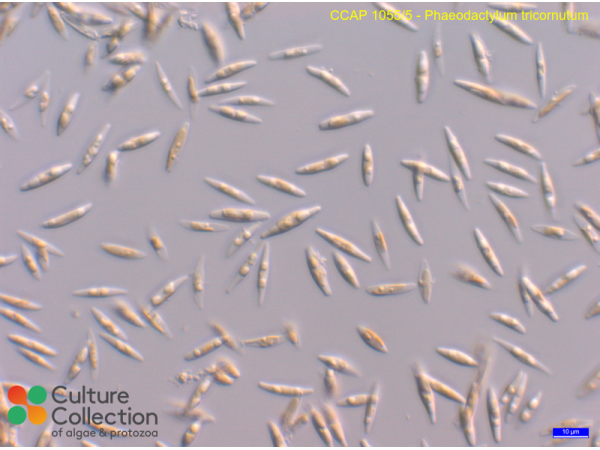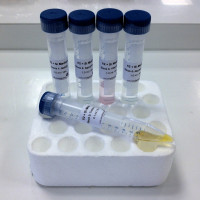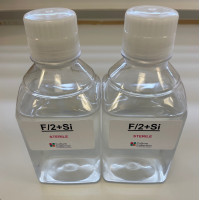(Bold text = submission by CCAP staff or collaborators)
Note: for strains where we have DNA barcodes we can be reasonably confident of identity, however for those not yet sequenced we rely on morphology
and the original identification, usually made by the depositor. Although CCAP makes every effort to ensure the correct taxonomic identity of strains, we cannot guarantee
that a strain is correctly identified at the species, genus or class levels. On this basis users are responsible for confirming the identity of the strain(s) they receive
from us on arrival before starting experiments.
For strain taxonomy we generally use AlgaeBase for algae and
Adl et al. (2019) for protists.
| Attributes | |
| Authority | Bohlin 1897 |
| Isolator | Lewin (1981) |
| Collection Site | shore Territory of Guam (USA) Northern Mariana Islands |
| Notes | Bowler & DeMartino Pt9; Name confirmed March 2013 (ASSEMBLE) |
| Axenicity Status | Bacteria present |
| Area | North America |
| Country | USA |
| Environment | Marine |
| GMO | No |
| Group | Diatom |
| In Scope of Nagoya Protocol | No |
| Collection Date | c. 1981 |
| Original Designation | 212M |
| Pathogen | Not pathogenic: Hazard Class 1 |
| Strain Maintenance Sheet | SM_MarineDiatoms15_20.pdf |
| Toxin Producer | Not Toxic / No Data |
| Type Culture | No |
| Taxonomy WoRMS ID | 175584 |
| Equivalent Strains | CCMP 633 |
CCAP 1055/5
Phaeodactylum tricornutum
- Product Code: CCAP 1055/5
- Availability: See Availability/Lead Times
Related Products
CCAP MAF2S-C
f/2+Si Medium
CONCENTRATED STOCKS
Non-sterile concentrated stocks to make up 5 litres of f/2+Si medium. f/2+Si medium is used for cul
CCAP MAF2S-P
f/2+Si Medium
1 LITRE PREMADE
1 litre of sterile, ready to use, f/2+Si medium. f/2+Si medium is used for culturing marine diatoms



